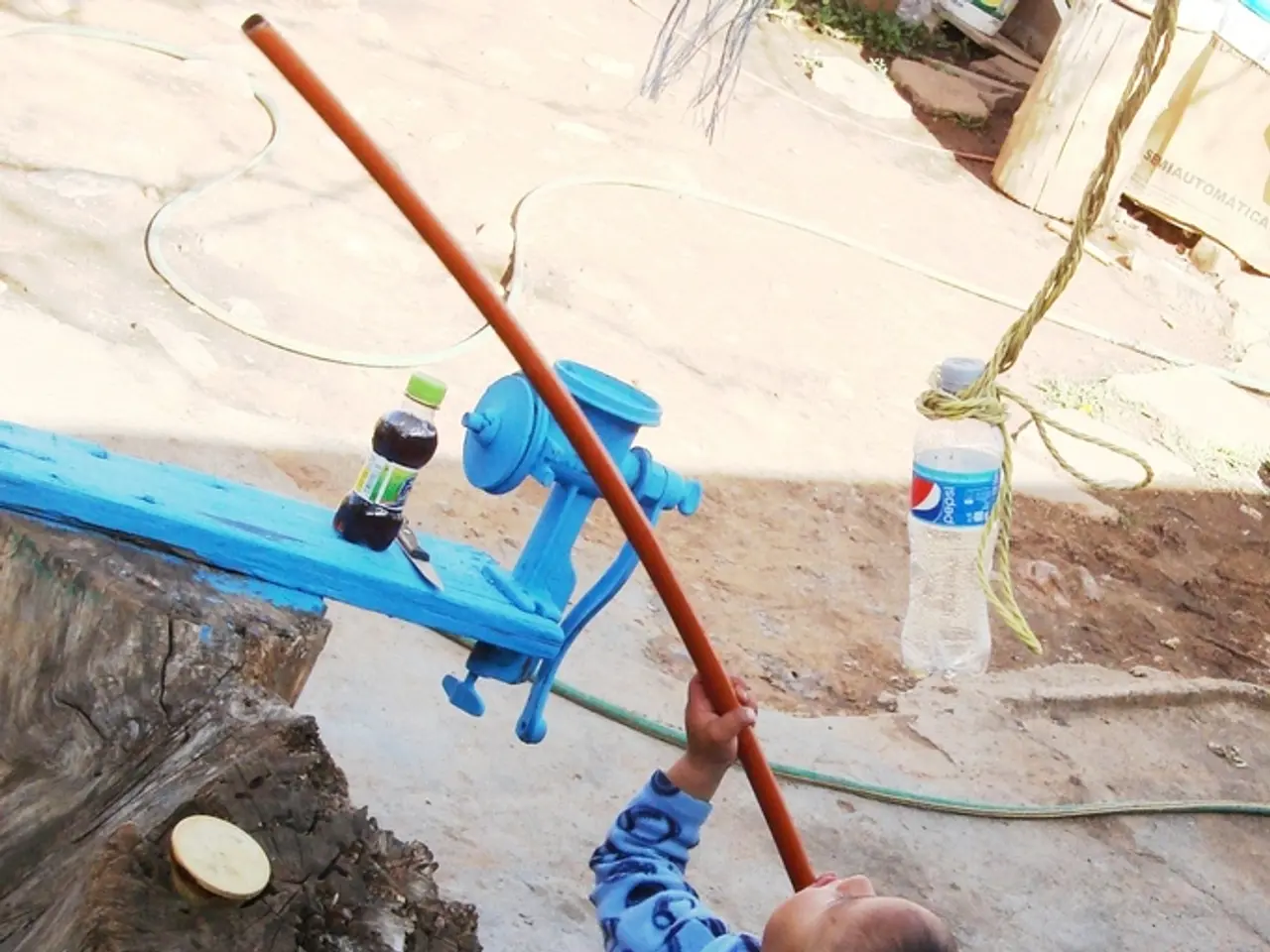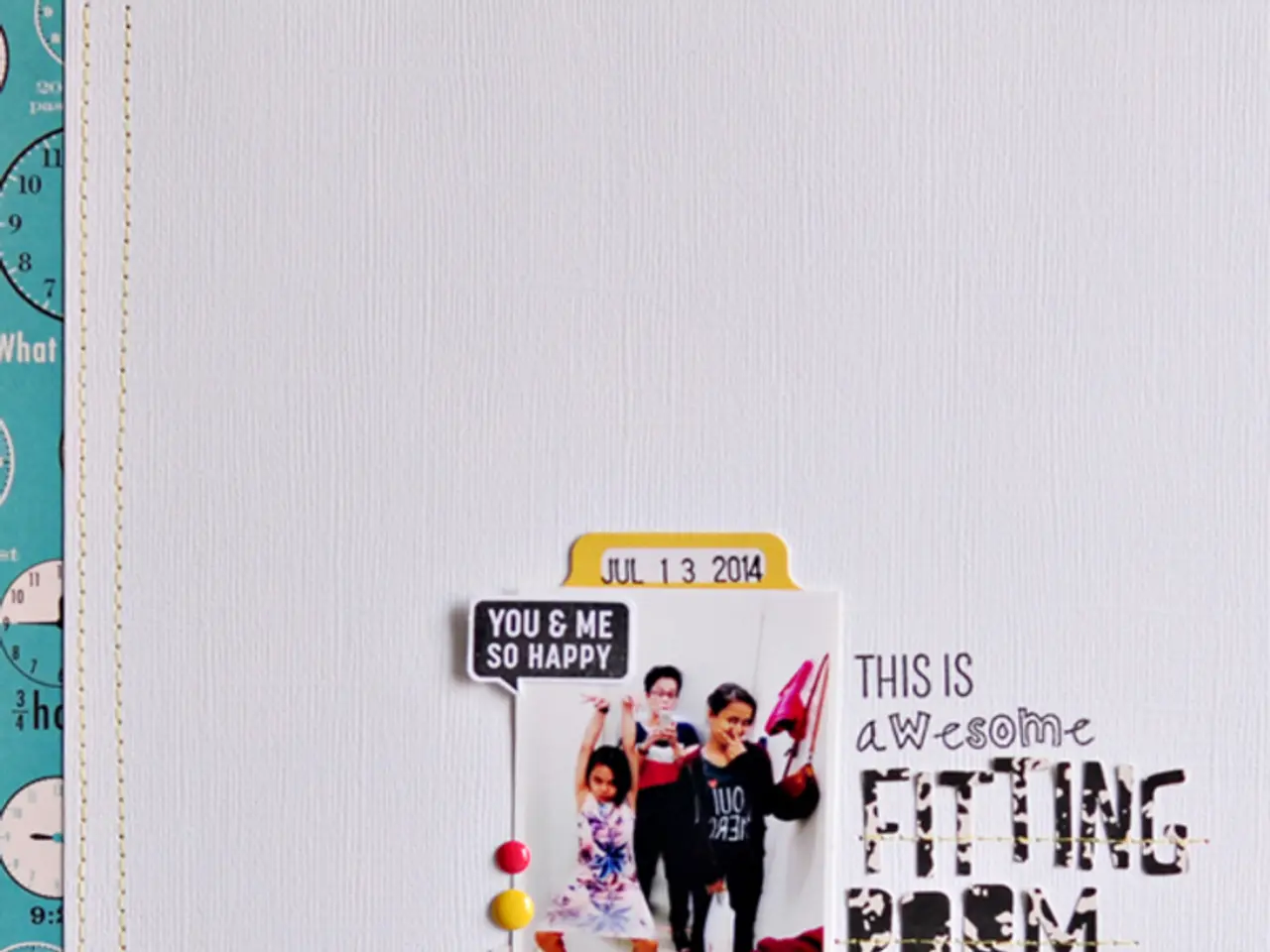Kid-Friendly PVC Pipe Heart Art Craft Project
Get ready to create a unique and engaging STEM project with your little ones this Valentine's Day! By following these simple steps, you can build a PVC pipe heart that's both fun and educational.
Materials Needed
- PVC pipes (1/2 inch or 3/4 inch diameter recommended for easy bending and sturdiness)
- PVC pipe connectors/elbows (90° and possibly 45° joints)
- PVC pipe cutter or hacksaw
- Measuring tape or ruler
- Marker or pencil
- Sandpaper (optional, to smooth pipe edges)
- PVC cement or glue (optional for stronger joints)
- String or tape (for temporary holding during assembly)
Measurements (Example for a heart about 12-18 inches tall)
- Two equal lengths for the rounded top curves: ~7 inches each
- Two equal lengths for the vertical sides: ~6-8 inches each
- One length for the bottom point V shape: ~5-6 inches (cut at an angle for two pieces if needed)
Steps
- Design and Measure: Draw a heart shape on paper based on your target size (e.g., 12 inches high by 10 inches wide). Mark the lengths for each pipe piece corresponding to the heart’s outline.
- Cut Pipes: Using measuring tape and a marker, mark the PVC pipes at the required lengths. Cut them with a PVC cutter or saw, ensuring smooth edges with sandpaper.
- Shape the Top Curves: The upper sides of the heart are curves typically made by two 90° elbows or by bending pipes if flexible PVC is used. Use two elbows to create the rounded arches or pre-bent pipe pieces.
- Assemble Top Section: Connect the two top curve pieces with elbows forming the heart’s two arches.
- Attach the Vertical Sides: Connect pipes vertically from the ends of the curve pieces downward to the bottom. Use straight pipe segments.
- Form the Bottom Point: Join the two vertical pipes at the bottom with a single angled segment or two pieces cut at 45° angles to form the heart’s point.
- Finalize Assembly: Use PVC cement to secure joints permanently or tape/string to hold them while working.
- Decorate or Integrate STEM Elements: Paint the heart, add lights, sensors, or attach it to a STEM project base as needed.
This design approach is based on basic PVC plumbing techniques and common DIY building practices. Smaller or larger hearts can be made by scaling pipe lengths proportionally.
A More Flexible Heart Shape
If you want a more flexible heart shape, use thinner, flexible PVC tubing and form the heart by bending without connectors, fixing ends with tape or glue.
For personalized STEM projects, consider adding water flow simulation with tubing or embedding sensors along the frame. Suggested PVC pipe projects include a PVC pipe house, DIY water wall, and PVC pipe pulley.
The PVC pipe used in the project was purchased from a local hardware store. More Valentine STEM activities can be found online. Using PVC pipes for play and learning is recommended. A second heart was made with different sizes. The project provided an opportunity to practice using a tape measure. The project features a PVC pipe heart as part of a DIY STEM project. A free printable Valentine STEM calendar and cards are available for the project. Happy crafting! ❤️
- This Valentine's Day, embark on a fun and educational STEM project with your kids, involving PVC pipes, connectors, and simple tools.
- By following the given steps, you can create a unique PVC pipe heart, blending art, engineering, and STEM education.
- Measure and cut PVC pipes according to your desired heart size, using a ruler and PVC cutter or hacksaw for precision.
- Assemble the heart by connecting the cut pipes with elbows, forming the heart's curves, vertical sides, and bottom point.
- Optional steps, such as using PVC cement or glue for a stronger connection, sanding pipe edges, or bending flexible PVC tubing, can add durability and adaptability to your project.
- Once constructed, decorate the heart with paint or lights, or integrate STEM elements like sensors or water flow simulation for an engaging educational experience.
- By adapting this design and exploring additional DIY PVC pipe projects like houses, water walls, and pulleys, you can foster your kids' creativity and STEM learning at home.
- Incorporate this project into your lifestyle or education-and-self-development routine, either as a fun family activity or a home-and-garden decoration, and enjoy a Valentine's Day filled with creative learning and fun.




